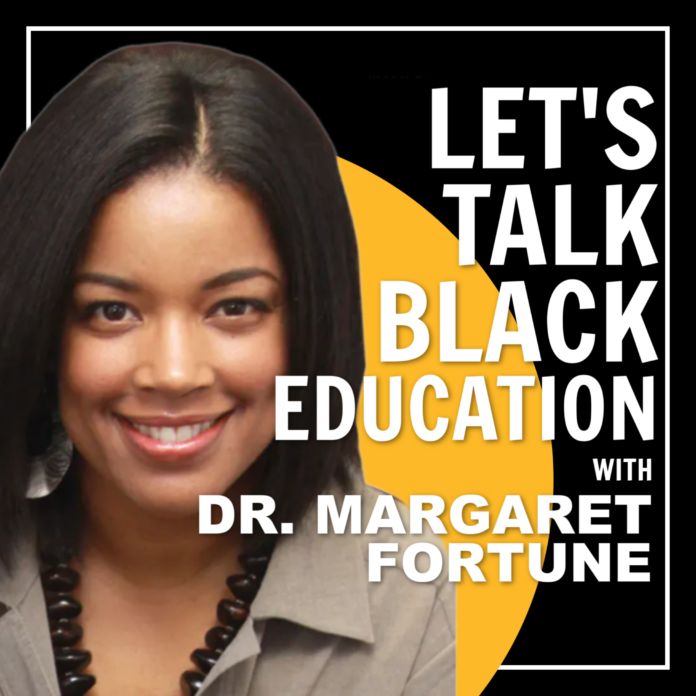
Dr. Margaret Fortune | President/CEO of Fortune School
Reopening school after a year of being in a COVID-19 closure is hard. But, I can tell you first hand, after having reopened my schools on April 5, there is nothing better than seeing students and teachers in classrooms again. The key to bouncing back is being back.
What planning goes into reopening and what does it really mean for families?
I lead a K-12 public school system of nearly 2,300 students, nine schools and about 300 employees across three cities and two counties in California. My students are 64 percent Black, 25 percent Latino and 78 percent low income. We have been very attentive to the needs of our students and enrollment has gone up during the pandemic, not down. We have a 96 percent attendance rate and 94 percent of our students who were enrolled on the first day of school are still enrolled. This is a high rate of student persistence at a time when the narrative for many large urban school systems is scores of students gone missing. While large urban schools dominate the headlines, small school systems like mine, with under 5,000 average daily attendance, make up two-thirds of the school districts in California.
It was good that the Governor and the Legislature gave guidance for schools to reopen by April 1. At Fortune School, we surveyed parents and found 53 percent wanted to return their children to in-person learning. That’s up from 46 percent who asked to return in November 2020 when we had plans to reopen but couldn’t because infection rates increased.
As I talk to educators from other states, I am learning that California stayed shuttered for an unusually long time. Was it politics or public health that kept schools closed for so long? I’m not sure.
What I do know is that while our buildings were closed to students, my schools put every safety measure in place from expensive hospital grade air filtration systems to plexi-glass. Our staff got vaccinated, has ongoing access to surveillance testing and we have systems for contract tracing.
On reopening day, a long line of cars wrapped around the corner for morning drop-off. Crews of educators checked kids’ temperatures at the car door and welcomed them to their pre-assigned, small pod of classmates with whom they will spend the rest of the school year. Inside a typical classroom we can fit 10 students and two teachers socially distanced 6 feet apart. With this configuration, we are able to offer school in-person five days a week from 7:30AM – 1PM. The CDC guidance about desks being 3 feet apart came too late to be implemented this school year, but could be a game changer for the fall.
Currently, schools are required to offer families the option for distance learning. Governor Gavin Newsom has said he expects for California to be re-opened by June 15, allowing schools to be back to full in-person instruction with safety precautions. If that is the case, the state should re-establish the expectation that come fall, in-person school attendance is mandatory for students enrolled in classroom-based programs. Right now teachers are providing live instruction to students in-person and online simultaneously. It’s not sustainable.
The Governor is on the right track providing strong guidance to public schools, backed by the authority of the state and funding to implement his expectations. He should keep it up. I’ve spoken to plenty of students and teachers who are definitely glad to be back.
EDITOR’S NOTE: Dr. Margaret Fortune is the president/CEO of Fortune School, a network of K-12 public charter schools based in Sacramento, California she founded to close the African American Achievement gap in her hometown. Dr. Fortune has been an education advisor to two California governors. She is on the board of National Action Network Sacramento, an affiliate of Rev. Al Sharpton’s national civil rights organization.

